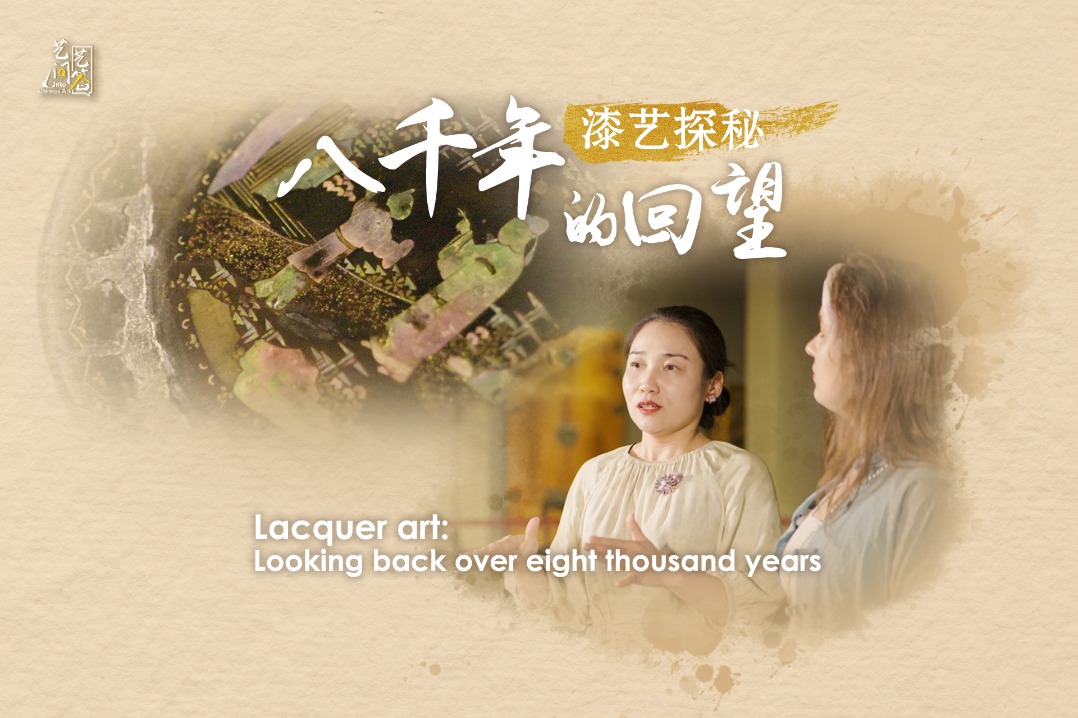Chair exhibitions show culture sitting pretty
By LI YINGXUE | CHINA DAILY | Updated: 2024-08-27 07:57

Deng explains that chairs influenced changes in writing posture, musical techniques and furniture design.
"The introduction of chairs elevated all furniture types, altered their sizes, and increased their variety."
He notes that, due to their frequent use and close interaction with people, chairs must balance aesthetics with comfort.
"Chairs are frequently moved and need to be both sturdy and lightweight. Ancient craftsmen invested immense skill and creativity into chair-making. It's a testament to their craftsmanship that well-made ancient chairs have survived to this day," he says.
Deng cites the strong historical connection between Chinese people and wood. "The plentiful vegetation in China naturally inclined ancient craftsmen to work with wood. With the introduction of chairs, artisans promptly integrated them into their woodworking practices," he says.
"Influenced by traditional wooden architecture, Chinese chairs are made entirely with mortise-and-tenon joints — without using any nails or screws."
Deng describes the exhibition as small but refined, focusing on rich content and innovative presentation.
"We've chosen furniture from the late Ming to early Qing dynasties," he says.
"The exhibition highlights regional diversity, featuring styles from places like Suzhou in Jiangsu, Beijing, and provinces of Shanxi, Anhui, Fujian and Guangdong."
Deng points out the warmth and character of the pieces, noting that chairs have a special connection with their users.
"Some chairs feel like they're embracing you. You can sense the care and craftsmanship in each piece," he says.
"To really appreciate these chairs, you need to see and touch them. Photos can't capture the details, like the rounded edges that make the furniture feel safer and more comfortable."
The exhibition is divided into three sections. Visitors first pass through a narrow corridor into an area where one or two pieces are displayed, separated by white fabric.
























